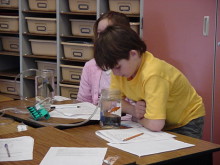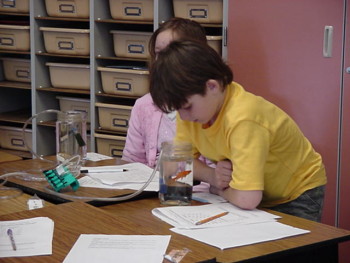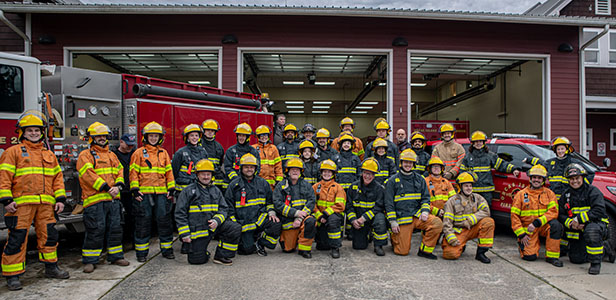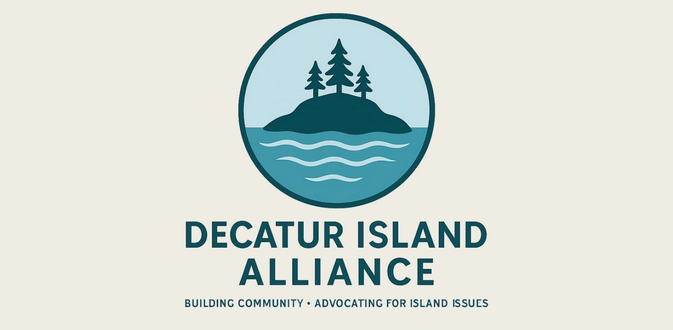— from Fiona Norris Science Director of the San Juan Nature Institute —
They’re here!
The tank was ready; the water a nice cool 46⁰, the new aeration system bubbling away and fresh gravel spread on the bottom. The third graders at the Elementary School were excited to start Salmon in the Classroom but the tank was still empty. Then, on Wednesday last, the eggs arrived!
Mike O’Connell of Long live the Kings at Glenwood Springs Hatchery brought our share of 100 Chinook Salmon eggs nestling in damp cloth until the class settled after lunch break. He invited students to approach and see the eyed eggs up close before we all moved out into the corridor to see him pour the eggs into the water. A stream of gleaming orange eggs drifted to the bottom and settled in the gravel of their artificial redd.
The questions came fast.’Can you see the eyes? ”Can they see us? When will they hatch?’ That we can predict with a little information about their history to date and daily simple math calculations. We expect their progress to be a little slower than their siblings at the hatchery as the temperature in our tank is 46⁰ while that at the hatchery is 50⁰. Perhaps in two weeks we will be able to report on the hatching process.
Back in the classroom one young lady in the front row asked, ‘What are we doing today? ’ We are discussing the life cycle of salmon and making salmon bracelets’, was the answer from the instructor from San Juan Nature Institute.
But these lessons are more than natural history lessons, we are also compiling our own dictionary which to date includes anadromous (term describing salmon life cycle from fresh to salt and back to fresh water),decomposition (what happens to dead salmon which leads to lots of reflections on compost in the school garden) and alevin (newly hatched salmon with yolk sac still attached)
After the short mid afternoon break it was all hands on deck to create story bracelets where each colored bead represented a stage in the life cycle or condition in the stream. We know the stream should be cold, clear, clean and consistent (another word for our dictionary) and know that salmon are prey to orcas, humans, birds and bears and much more during their ocean adventure. Next time we meet we will learn how many of the original eggs survive to return to their native stream.
The San Juan Nature Institute has just received news of a generous grant from the Orcas Island Education Foundation for this project. Thank you!
**If you are reading theOrcasonian for free, thank your fellow islanders. If you would like to support theOrcasonian CLICK HERE to set your modestly-priced, voluntary subscription. Otherwise, no worries; we’re happy to share with you.**









